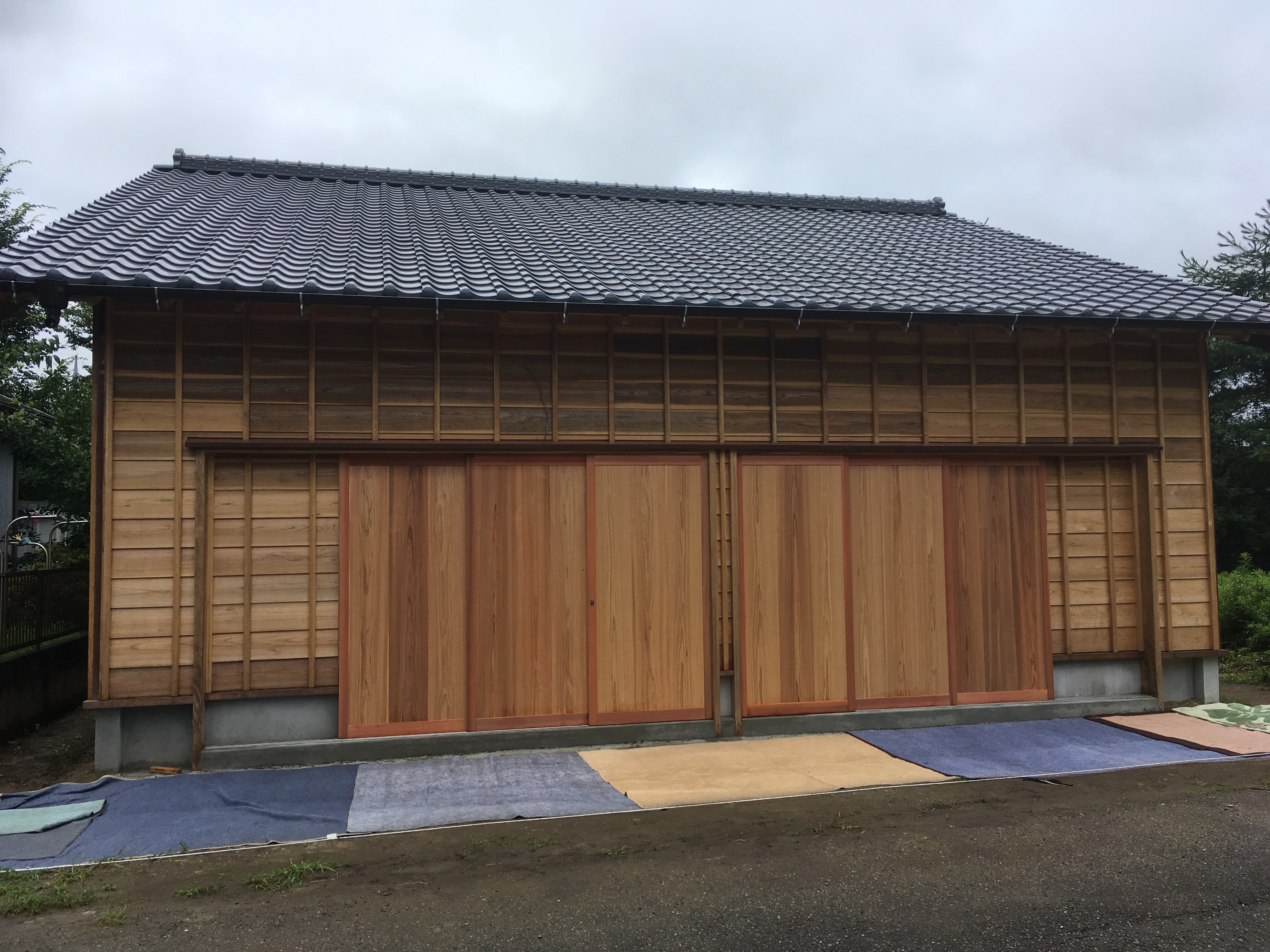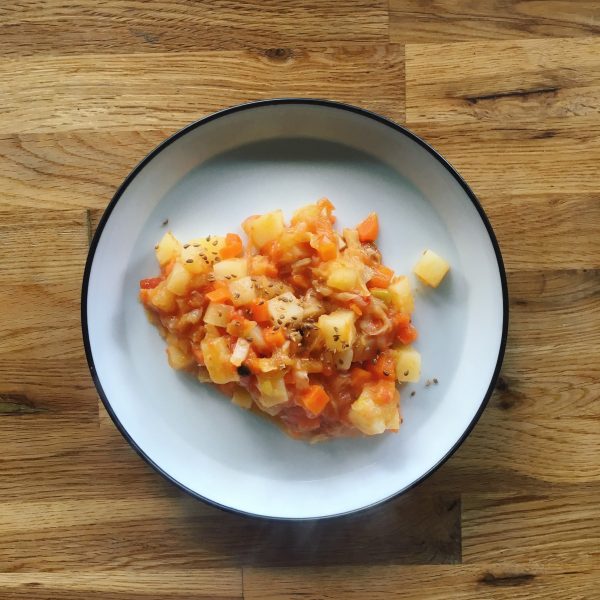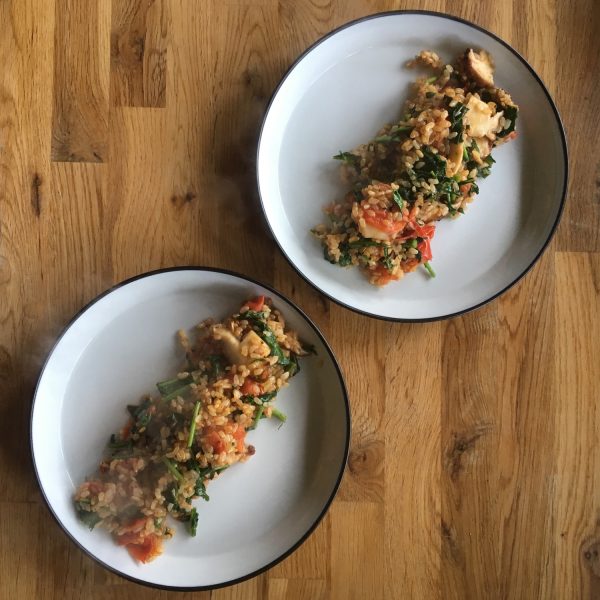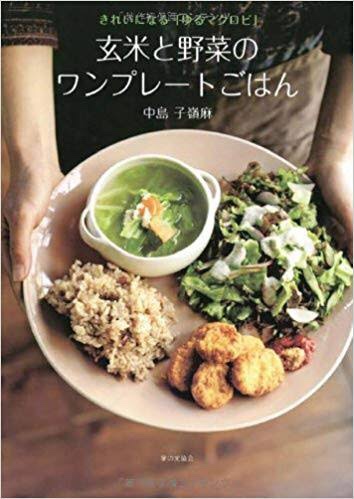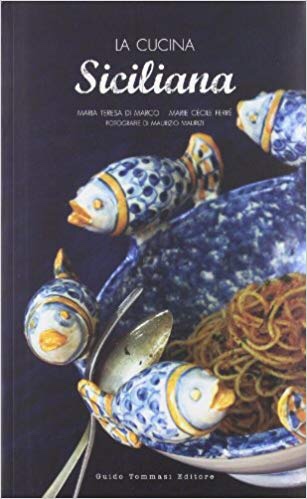I know that may seems strange… but there are some associations that work perfectly and need to be more explored. The one I totally love is bamboo shoot/tomatoes that I discovered last year by chance. The other thing that I love is grilled bamboo shoots. It reminds me of the grilled thin bamboo shoots we had first harvested with our friends in Tsunan ages ago now… something like 2008… So thinking about how both tomatoes and grilled bamboo shoots could be combined, obviously pizza was going to be a great combo. It just needed to be made. So the night before I prepared the pizza dough with my sourdough. Classic bread dough recipe in which you add a tablespoon of sugar and a generous drizzle of olive oil. You leave it to work gently. And once we get back from surfing in the morning I rolled the dough a bit thick for maximum softness, sliced two tomatoes, a new onion, the takenoko and a local piece of cheese, all in the oven for about 20min at 220deg. Once cheese was golden and crust too, I took it out of the oven, cut and served with a drizzle of olive oil and a bit of ground black pepper. As simple as it is I like my pizza with just 2-3 ingredients in addition to tomato and cheese and I like mixing seasonal vegetables. Many of the Japanese local vegetables actually work well on a pizza. I had already tested burdock, now I know that takenoko is great too!
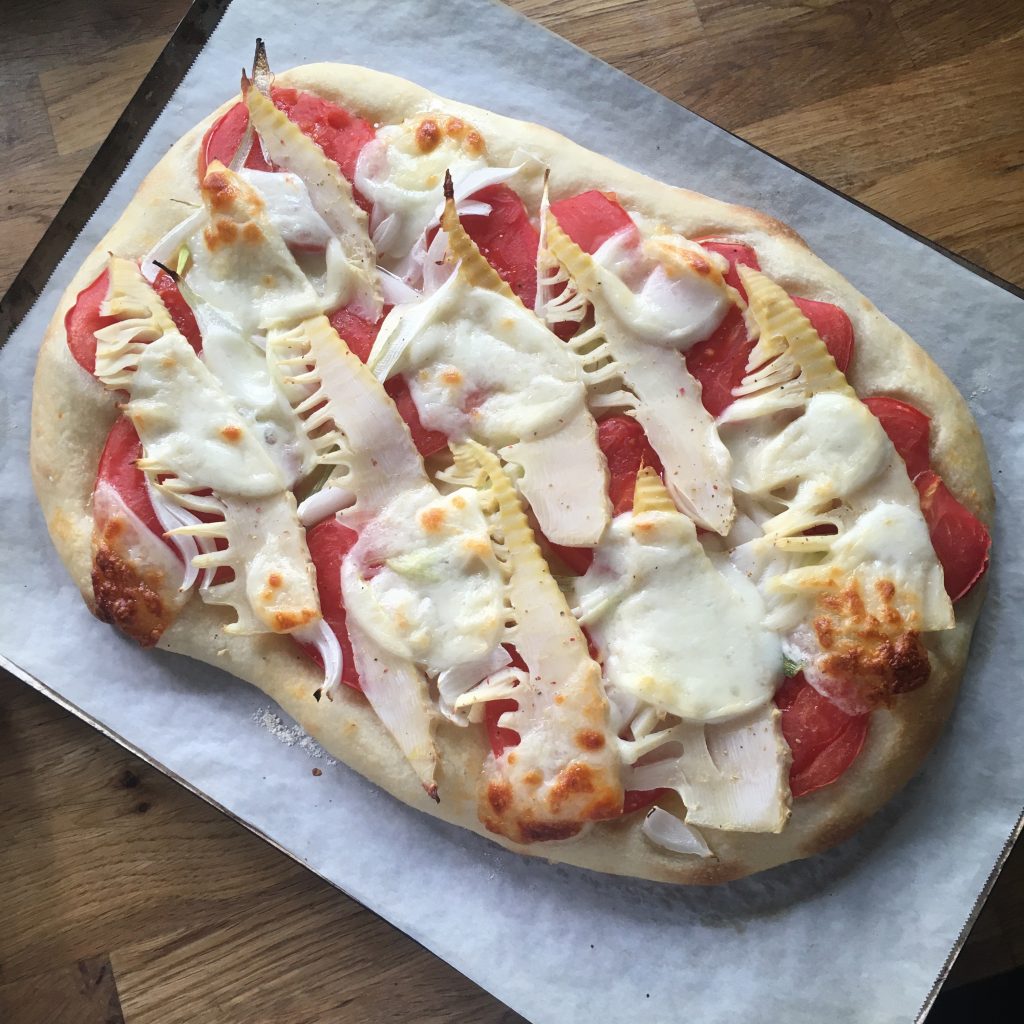
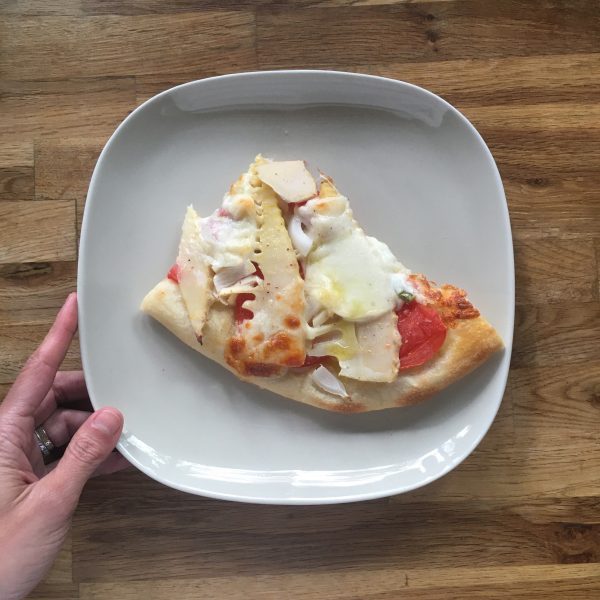
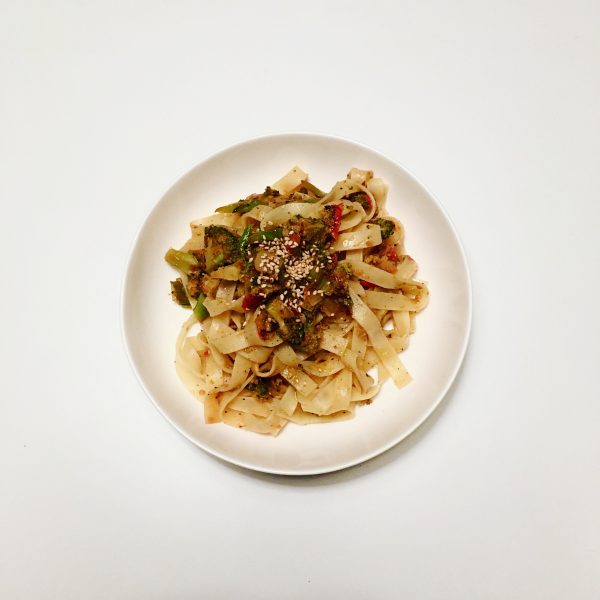

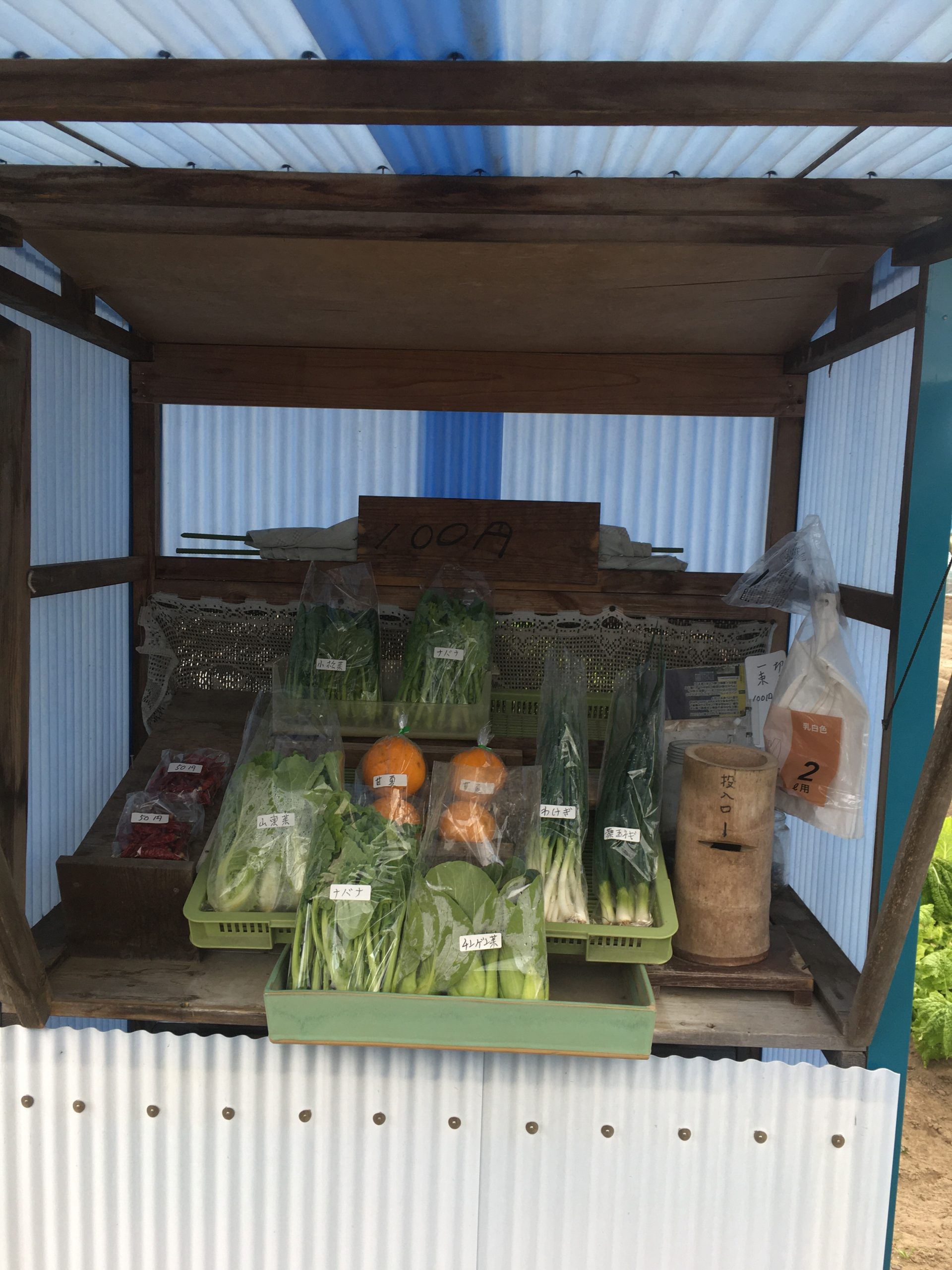
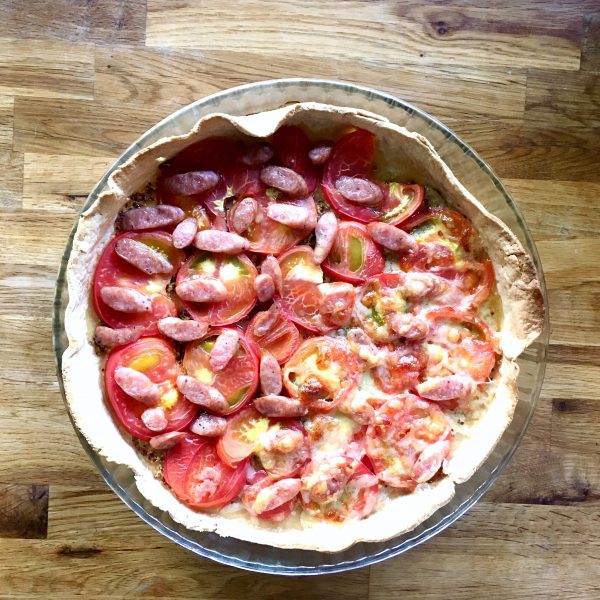
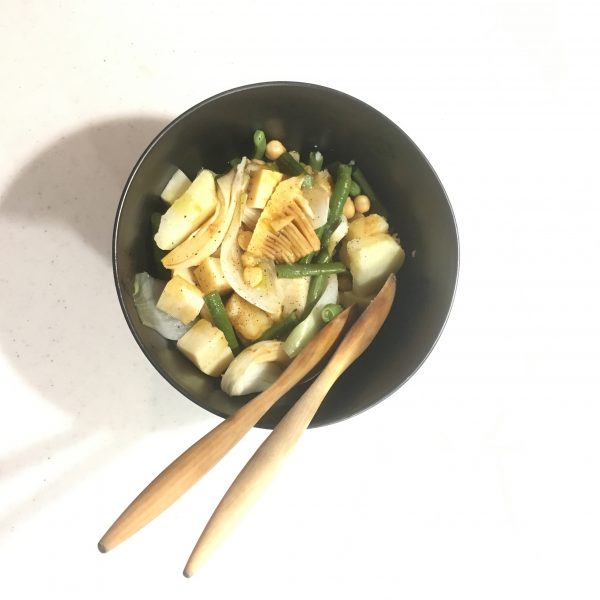
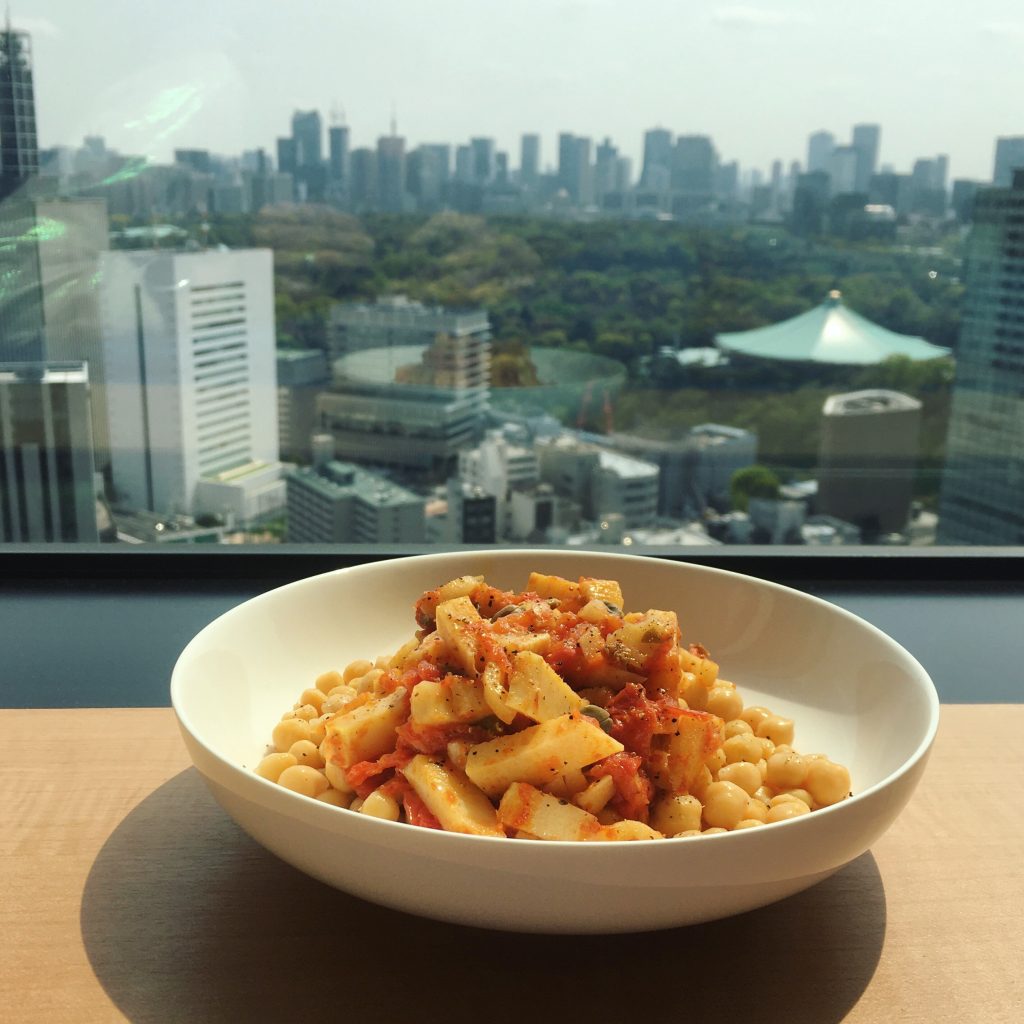

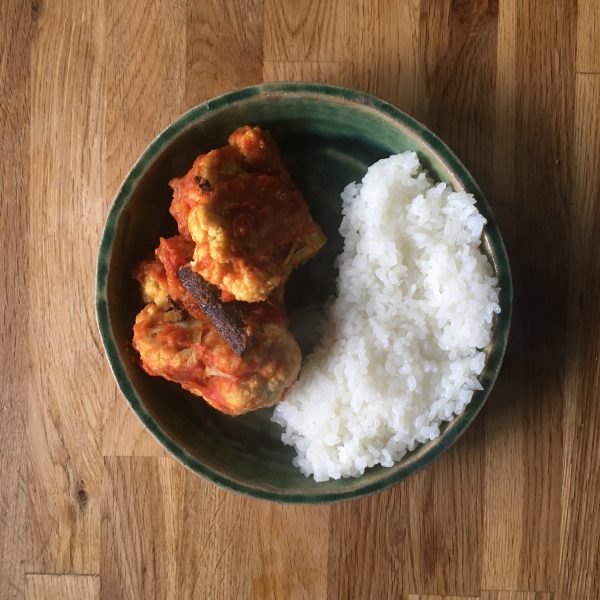



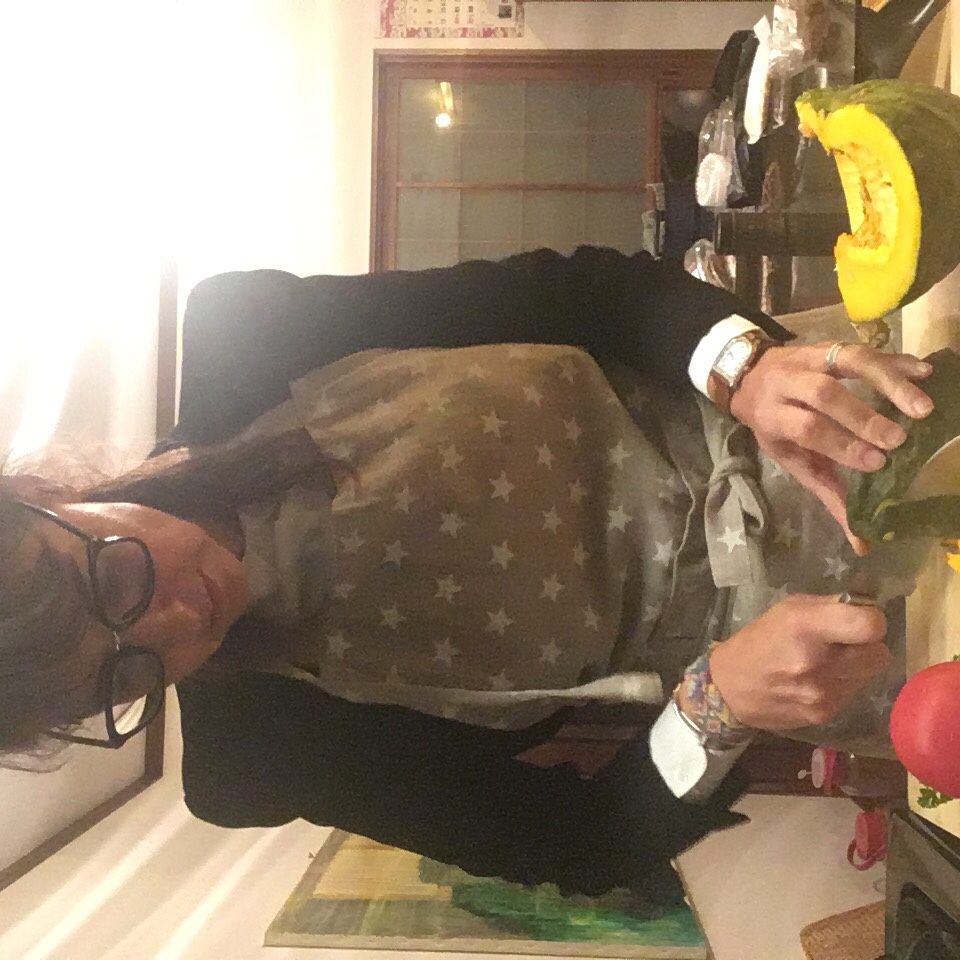 Well I was preparing dinner with the leftover veggies: kabocha and tomatoes. I also picked some fresh parsley in the garden and was thinking about what to do with them when the crave for soba noodles just came. All was decided… And that’s how this recipe of kabocha soba was born. It was so delicious that I really need to share it with you! Moreover because it’s been a while I haven’t shared a proper recipe!!
Well I was preparing dinner with the leftover veggies: kabocha and tomatoes. I also picked some fresh parsley in the garden and was thinking about what to do with them when the crave for soba noodles just came. All was decided… And that’s how this recipe of kabocha soba was born. It was so delicious that I really need to share it with you! Moreover because it’s been a while I haven’t shared a proper recipe!!
